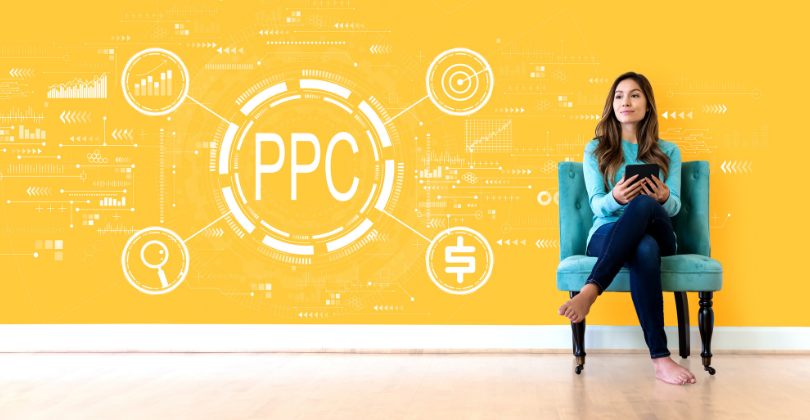Utilizing Teledentistry To Overcome Common Dental Excuses

Teledentistry, as a whole, is a fairly recent concept that was thrust into the forefront by the recent pandemic. Dentists saw the value of using the internet for triage and communication with their patients, and as an alternative to an office visit when appropriate.
 It has served this purpose well and will certainly far outlast the pandemic itself; not just as a method for triage, but also as an easier way to seek out care for those who have avoided it. A recent survey showed that 78% of patients responding felt they would likely use teledentistry services in the future. In addition, most insurances have made it a billable expense, cementing its place as a standard method of care.
It has served this purpose well and will certainly far outlast the pandemic itself; not just as a method for triage, but also as an easier way to seek out care for those who have avoided it. A recent survey showed that 78% of patients responding felt they would likely use teledentistry services in the future. In addition, most insurances have made it a billable expense, cementing its place as a standard method of care.
Patient Perception as a Barrier to Dental Care
If you are a student of dental marketing techniques, you have surely run across the concept of “widening the funnel.” The idea is simple; get the word out to as many potential patients as possible about your office, then make the pathway to your door as simple as you can. This means focusing not only on marketing, but also addressing patient concerns that may be keeping them from seeking care.
Patients’ perceptions of dental care are largely responsible for the decisions they make about treatment. Those that see it as necessary and normal are in your office every six months and likely to follow along with your recommendations. Others may avoid dental visits altogether, viewing it (right or wrong) as expensive, inconvenient, painful, or just plain scary. Others still may feel their condition is hopeless or may feel shame that they have let their condition get as bad as it is.
A study by the Health Policy Institute on Oral Health & Well-Being in the United States showed that 59% avoided the dentist due to finances, 22% due to fear or anxiety, and 19% for convenience reasons. While issues of finances can be somewhat addressed through discussions of value, insurance, and patient financing options, initial anxiety and convenience can both be addressed in part by the proper use of teledentistry.
Teledentistry and the Anxious Patient
Imagine if you could snap your fingers and have 22% more patients in your door. Simply providing a less stressful pathway to anxious dental patients could make that a reality.
Patients with dental anxiety are usually not just afraid of needles or pain. They are afraid of the whole idea of dentistry; having someone in their very personal space, the sights, the sounds, and the judgement they often expect due to years of neglect.
With teledentistry, you have an opportunity to build rapport with a potential patient before they even set foot in your office. They feel much more at ease being in comfortable, familiar surroundings. They have a physical (and importantly, emotional) distance from the doctor, and are thus, freer to speak their concerns.

Continue Improving Your Practice
Roger Levin and 1-800-DENTIST present: 8 Ways to Break Out of Your Production Plateau

It is critical when dealing with an anxious patient to let them know they are being heard and not judged. You must reinforce that their situation is not unique and that you have successfully tackled much more difficult cases than theirs. Just hearing that they are not alone and have no reason for shame goes a long way in giving them the confidence to take the next step; actually coming into the office.
Anxious patients are generally great patients, if you can listen, address their concerns, and make them comfortable. If they make it through the door, they have decided to conquer a major obstacle. If you give them a good initial experience, they are sold on whatever you may recommend. And they are usually fairly large cases, due to years of avoidance.
Teledentistry for Convenience
 In addition to the 22% avoiding the dentist due to anxiety, another 19% choose not to seek out care due to matters of convenience. They may be worried about their job, have to travel further than they would like, can’t “find the time,” or simply use it as an excuse to avoid care.
In addition to the 22% avoiding the dentist due to anxiety, another 19% choose not to seek out care due to matters of convenience. They may be worried about their job, have to travel further than they would like, can’t “find the time,” or simply use it as an excuse to avoid care.
Removing the barriers to care is a huge step in maximizing patient flow. Teledentistry creates a simple first step towards care that can be easily done at any hour and from anywhere. In this age of smart phones and laptops, even the busiest person can carve out enough time for a teledentistry appointment.
Teledentistry can also be convenient for the dentist. It can be delivered either by asynchronous means (essentially HIPPA compliant texting) or synchronous (by video). It also keeps your operatory from being tied up with a simple consult and does not waste disposables and PPE.
The asynchronous conversation (D995+D140) can even be done through a front office team member or assistant, who can answer most basic questions. Unlike a live chat, they don’t have to be “always on,” so it doesn’t interrupt their normal workflow. If something is too complex, they can show the dentist between patients and get a quick answer.
A synchronous appointment (D9996+D140) can be done when it works for the dentist’s schedule. This face –to-face interaction allows the opportunity to answer basic questions and create a sense of urgency with the patient about needed care. They will find the time for an office visit if your enrollment skills are put to good use.
Adoption of the Technology
Approximately 40% of dentists say they either currently use some form of teledentistry or will be using it in the near future. Offering this technology may now be seen as “cutting edge”, but it will no doubt become the standard of care as time goes on. Increasing access to healthcare providers, removing roadblocks that may be preventing patients from seeking treatment, and keeping appointment times and costs down all benefit both patients and providers. If your practice does not currently offer a teledentistry option, it would be wise to consider adding this service.

